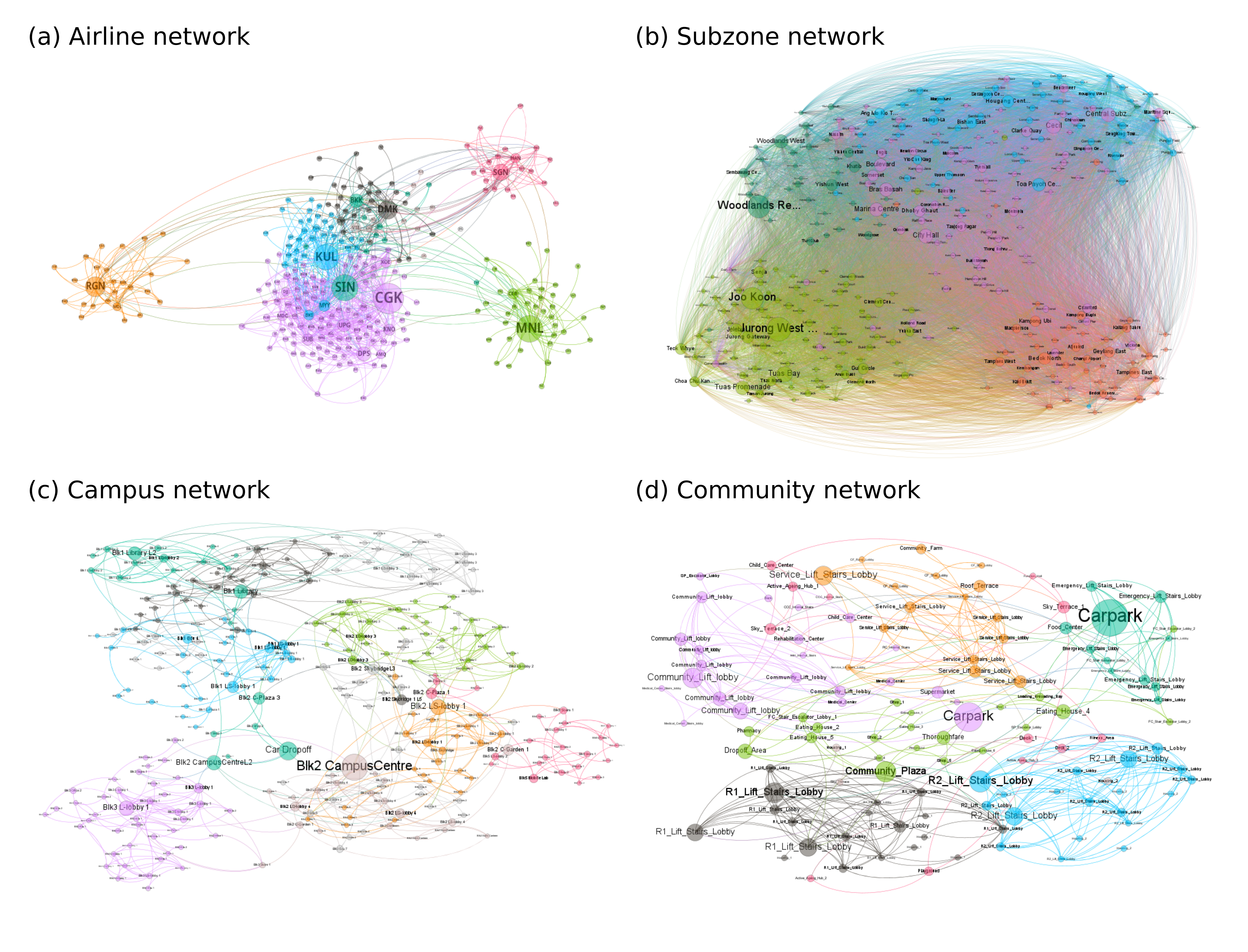
Paper
Srikanth, A. D. S., Chin, W. C. B., Bouffanais, R., Schroepfer, T. (2022) Complexity science for urban solutions. In As, I., Basu, P. and Talwar, P. (eds.) Artificial Intelligence in Urban Planning and Design: Technologies, Implementation, and Impacts. (pp. 39-58). Elsevier. ISBN:978-0-12-823941-4. DOI:10.1016/B978-0-12-823941-4.00017-2
Abstract
Cities today exhibit three key characteristics: complexity, diversity, and intelligence. Attempting to increase cities’ resilience in view of our current climate emergency means turning away from simplistic top-down solutions toward more holistic and interdisciplinary practices that thoughtfully integrate informed top-down and bottom-up planning and design processes. In this chapter, we describe a new complexity science-based approach to the understanding of the dynamics, growth, and evolution of cities in a scientifically predictable, quantitative way. We discuss innovative AI-aided urban planning and design methods and tools and how these have been and can be applied in the future. We further describe common types of spatial networks as well as computational social science, its application to urban planning and design problems and how the resulting insights into the dynamics of our cities allow us to uncover and understand their underlying structure.
Read article here:
- Official website: Complexity science for urban solutions, Artificial Intelligence in Urban Planning and Design: Technologies, Implementation, and Impacts,
- ResearchGate: Abstract and full text (on request or downloadable directly),
- Please contact me (by Gmail ).
